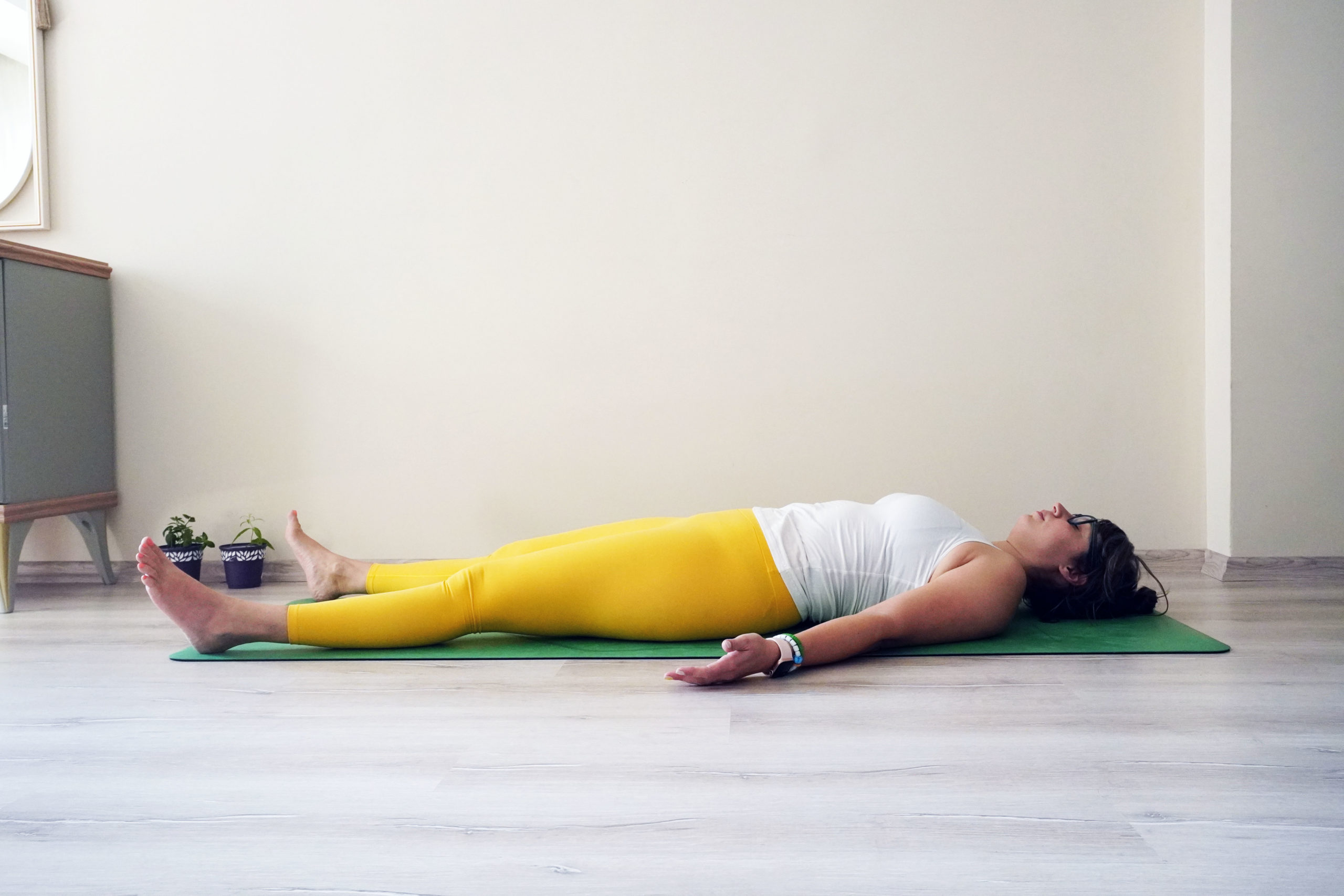Even if you’ve never practiced yoga before, chances are you’ve heard of the final rest pose in yoga, Corpse Pose. Beginners and advanced practitioners alike often look forward to Shavasana (pronounced shah-VAH-sah-nah) to begin a practice, rest between flows, and end a session with a sense of physical balance and inner harmony. Today we share insights into what can be considered the most important yoga pose for relaxation.
Meaning of Śavāsana:
- Śavā (sha-vah): corpse
- Asana: pose
In this pose, we try to become so relaxed it is as if we are lying on the ground like a corpse. This can be blissful for some or seen as one of the hardest poses in yoga and downright impossible to still the body and the mind. Some people find they fall asleep, and some find their mind racing. However, over time, practicing Shavasana provides an abundance of benefits:
- It balances the parasympathetic and sympathetic nervous systems
- It not only relaxes the body after the physical poses (asanas), but also the mind
- It provides deep relaxation
- It helps slow the heart rate
- It can help transition out of an active sequence into rest, which can then be followed by meditation or a return to daily life
Why do the final rest pose in yoga?
- It can completely relax the whole body, the mind, and the spirit
- Many times we think we are relaxed, but we benefit from guidance to allow ourselves to fully relax
Mental relaxation during the final rest pose in yoga
Stress and negative thoughts tax the body and consume extra energy. By focusing on the breath in a slow and rhythmic way, these thoughts can drift away and the mind can slowly calm down, as if one is a feather on the wind, light and fresh. Focusing on the breath during Shavasana allows peaceful, calm and relaxed thoughts to remain, inviting in a sense of peace and love.
Spiritual relaxation during the final rest pose in yoga
Try this visualization the next time you do Shavasana: Imagine a body of water, and waves on the surface of it. Imagine the waves slowing down and coming to a stop so that all you see is a clear, bright, even surface. Focus on the calmness of the water, and how you can see deep below the surface of it. Picture that this is your Self, calm, complete, whole, and at peace.
- Want to take your yoga practice on the go? Here’s One Simple Yoga Stretch You Can Take on the Road

How to perform Shavasana
There are many ways to do Shavasana, and every yoga instructor will have a different approach. In my sessions, I use guided instructions to relax the muscle groups and the mind. Below you’ll find a straightforward way to practice on your own at home.
- Begin by lying down on the mat with the body in a straight line (neck and back in alignment) and the back straight
- Widen your feet to hips width apart with your legs straight, but relaxed
- Allow your toes to relax and feet to angle to the sides
- Place your arms at a 45-degree angle from your body
- Turn your palms so they are facing up and the fingers slightly curled inward
- Tuck your chin close to your chest to elongate the back of your neck
- Close your eyes and draw your senses inward, away from outside noises
- Focus on your breath, breathing in through the belly and out through the belly, silently in and out through your nose in a continuous manner without straining.
- Gradually allow your muscles to relax and your body to grow heavy
- After relaxing for 5-10 minutes, gently awaken your body
- Take a deep breath in and wiggle the toes, then the fingers, and slowly rotate your head from right to left
- Draw your attention back to the space around you and breathe freely and naturally
As my yoga instructor told me, if a student leaves a class saying it was good, it is because of Shavasana! So we can also say, if you leave a session on your own at home feeling good, you might have Shavasana to thank.
Yoga posts are informational. If you have any medical concerns, talk with your doctor before practicing yoga.
Rose Margaret Deniz is an artist, writer, and yoga instructor @roselayoga. The farm-girl turned expat has been gluten-free for over 12 years, and can be found in her kitchen whipping up seasonal meals for her bilingual family, growing herbs in her garden, painting and writing in her studio, and practicing yoga.
Excited by yoga and wellness? Check out more posts:
6 Ways Using a Bolster in Yoga Increases Health





